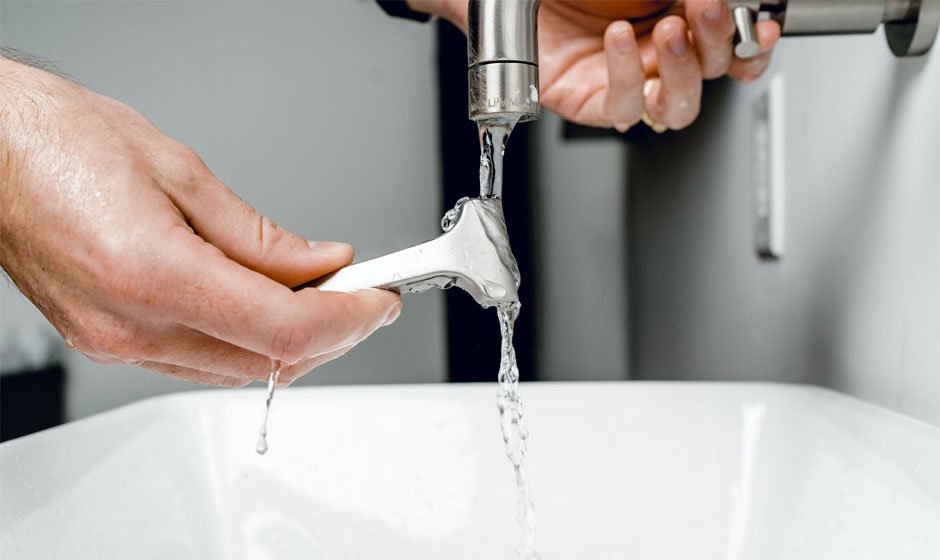Water damage is a homeowner’s nightmare, as it can cause extensive and costly destruction to your property. Whether it’s a burst pipe, leaky roof, or flooding, taking immediate action to prevent water damage from worsening is crucial. By addressing the issue promptly and implementing preventive measures, you can minimize the extent of the damage and protect your home from further harm. We will confer the paramount steps you should take to prevent water damage from escalating and maintain a safe and secure living environment.
How do we prevent water damage from escalating?
1. Identify the Source:
The first and most crucial step in preventing water damage from worsening is to promptly identify the source of the water intrusion. Carefully inspect your home for signs of leaks, such as water stains on ceilings or walls, damp areas, or pooling water. Look for leaky pipes, damaged roof tiles, faulty appliances, or malfunctioning plumbing fixtures. By addressing the root cause early on, you can halt the water’s spread and prevent it from causing additional damage to your home and belongings.
2. Turn Off the Water Supply:
If you discover a burst pipe, malfunctioning appliance, or any plumbing issue as the source of the water damage, immediately turn off the main water supply to your home. Knowing the location of the shut-off valve and how to use it is essential for emergency situations like this. By cutting off the water flow swiftly, you can prevent further flooding and minimize the risk of extensive water-related problems, ultimately protecting your property from severe damage.
3. Extract Standing Water:
In cases of flooding or significant leaks resulting in standing water inside your home, removing the water as quickly as possible is imperative. Standing water can seep into floors, walls, and furniture, causing further deterioration and increasing the likelihood of mold growth. Utilize a wet/dry vacuum, mops, or enlist the services of water damage restoration professionals to extract the water effectively and prevent it from wreaking havoc on your home’s structure.
4. Dry Out Affected Areas:
After successfully extracting standing water, the next vital step is thoroughly drying the affected areas. Lingering moisture can lead to mold and mildew growth, which poses health risks and can cause additional damage to your property. Deploy fans and dehumidifiers, and, if weather conditions permit, open windows to increase ventilation and expedite the drying process. Ensuring your home is adequately dried out is fundamental to mitigating further harm and restoring a safe and habitable living environment.
5. Remove Wet Items:
Remove any wet furniture, carpets, and belongings from the affected areas during the water damage restoration process. Moisture-laden items are susceptible to mold growth and can become breeding grounds for harmful microorganisms. Salvage what you can and discard items beyond repair or pose health risks. This decisive action can help prevent further contamination and preserve the integrity of your possessions.
6. Inspect and Repair Roof:
Regularly inspecting your roof for signs of damage is crucial in preventing water from infiltrating your home. Look for missing or damaged shingles, cracks, or areas where water may pool. Addressing roof issues promptly, such as replacing missing shingles or patching up cracks, can prevent water from seeping into your home, averting significant damage to ceilings, walls, insulation, and other structural components.
7. Clean and Maintain Gutters:
Effective gutter maintenance prevents water damage to your home’s foundation and walls. Clogged or damaged gutters can lead to water overflow, causing water to pool around the foundation. Regularly clean out debris, leaves, and other obstructions from your drains to ensure proper water drainage away from your property. Installing gutter guards can also help prevent future clogs and streamline the maintenance process.
8. Seal Cracks and Gaps:
Perform a comprehensive inspection of your home’s exterior, looking for any cracks, gaps, or openings that water could seep through during heavy rains or flooding. Use weather stripping and caulk to seal these areas, preventing water intrusion and keeping your home dry and protected. Pay particular attention to areas around windows, doors, and vents, as they are common entry points for water.
Taking immediate action and implementing preventive measures are essential to prevent water damage from worsening. Identifying the source of water intrusion, promptly removing standing water, thoroughly drying out affected areas, and maintaining your home’s infrastructure are all fundamental steps in safeguarding your property. Investing in water leak detection systems, sump pumps, and regular inspections from Seattle’s top water damage restoration experts can protect against water-related disasters. By being proactive, vigilant, and well-informed, you can minimize the impact of water damage and preserve the safety and value of your home for years to

